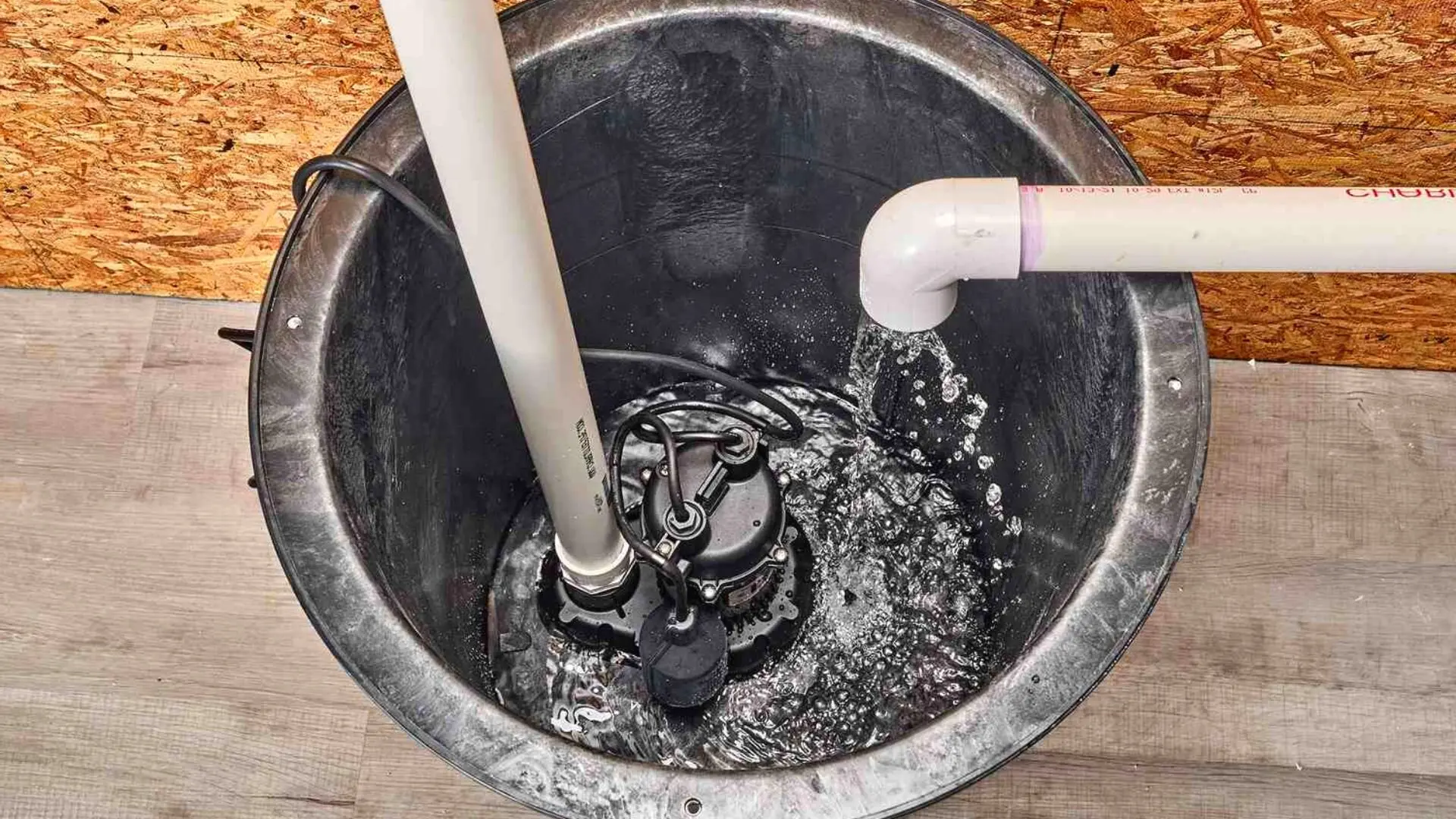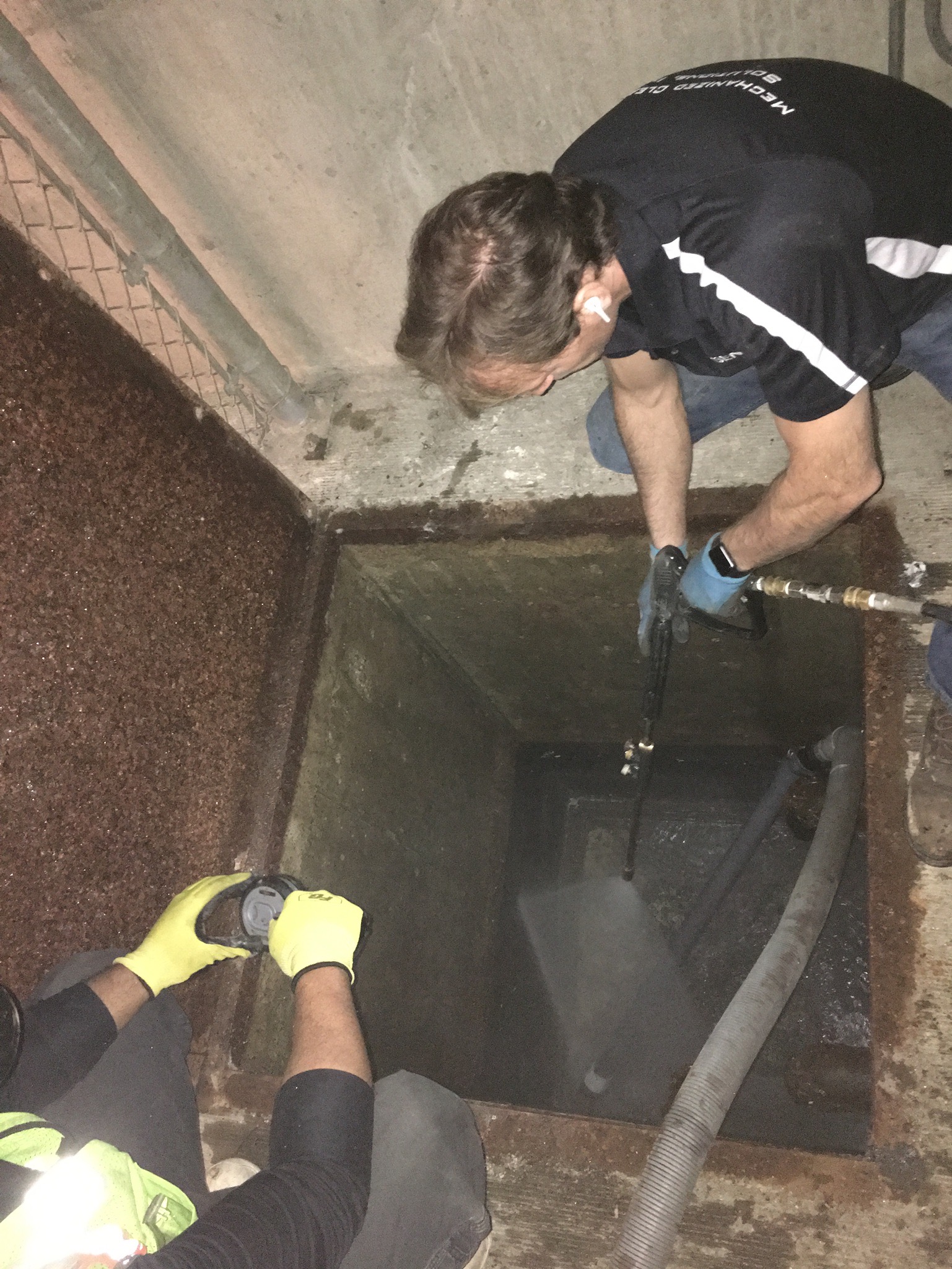Verified Solutions for Maintaining a Sump Pump
Verified Solutions for Maintaining a Sump Pump
Blog Article
The writer is making several great points on the subject of Cleaning & Maintenance Tips for Your Home's Sump Pump overall in this post following next.

Sump pumps are crucial components in several homes, specifically in locations vulnerable to flooding or too much dampness. They assist prevent water damage by effectively getting rid of excess water from basements or crawl spaces. However, like any other home appliance, sump pumps require normal maintenance to guarantee they operate effectively when needed the most. Cleansing your sump pump is an essential part of its maintenance, and recognizing just how to do it appropriately can conserve you from costly repair work and possible calamities.
Introduction
Keeping a tidy sump pump is vital for its proper performance and long life. Ignoring this necessary job can bring about obstructions, breakdowns, and inevitably, water damages to your residential or commercial property. For that reason, discovering how to clean a sump pump is crucial for homeowners that count on these gadgets to keep their basements completely dry and protected.
Comprehending the Sump Pump
Before diving right into the cleansing process, it's vital to have a fundamental understanding of how a sump pump functions. Generally mounted in a pit or basin below the cellar floor, a sump pump includes numerous essential parts, including a pump, a float button, and a discharge pipeline. When water gathers in the pit, the float switch activates the pump, which after that pumps the water out with the discharge pipe, away from the building's structure.
Indications of a Dirty Sump Pump
Recognizing when your sump pump needs cleansing is important for avoiding prospective malfunctions. Some typical signs that indicate a dirty sump pump consist of odd noises during operation, lowered water circulation, and visible debris in the pit. If you discover any of these signs and symptoms, it's important to cleanse your sump pump without delay to avoid any kind of additional concerns.
Getting ready for Cleansing
Prior to you begin cleaning your sump pump, it's vital to take some security preventative measures. Start by shutting off the power to the pump to avoid any type of electrical accidents. Additionally, wear suitable protective gear, such as gloves and safety glasses, to shield on your own from dust, debris, and prospective pathogens.
Detailed Overview to Cleaning Up a Sump Pump
Shutting Off the Power
Begin by disconnecting the power supply to the sump pump to prevent any kind of mishaps while cleaning.
Eliminating Particles and Dust
Use a bucket or an inside story to eliminate any noticeable particles, dirt, or sediment from the sump pit. Dispose of the particles appropriately to avoid it from clogging the pump or the discharge pipeline.
Cleaning the Pump and Float Change
Once the pit is free from debris, meticulously eliminate the pump from the pit. Check the pump and the float switch for any kind of indications of damages or wear. Utilize a soft brush or towel to clean the surfaces and eliminate any gathered gunk.
Purging the System
After cleaning the pump and float switch, purge the sump pit with tidy water to remove any type of remaining dust or debris. This will assist ensure that the pump operates smoothly and efficiently.
Looking For Appropriate Performance
Before reinstalling the pump, execute a quick examination to guarantee that the float button activates the pump appropriately. Pour some water into the sump pit and observe the pump's procedure. If everything is working properly, you can reassemble the pump and reconnect the power supply.
Upkeep Tips to Maintain Your Sump Pump Clean
Along with routine cleaning, there are several maintenance ideas you can follow to keep your sump pump in optimum problem:
Conclusion
Cleaning your sump pump is an important aspect of its upkeep and makes sure that it operates effectively when you require it one of the most. By adhering to the actions outlined in this guide and including regular maintenance into your regimen, you can prolong the lifespan of your sump pump and safeguard your home from water damages.
6 STEPS ON HOW TO CLEAN A SUMP PUMP PROPERLY
UNDERSTANDING SUMP PUMPS
Your sump pump plays a crucial role in protecting your home by managing and removing excess water. It primarily functions as a “shield”, guarding your basement against the damaging effects of water accumulation. The pump is housed in a sump pit in the lowest part of your basement, and its job is to pump out any water that collects there.
During heavy rainfalls or when snow melts rapidly, water can infiltrate your basement, posing potential risks like flooding, structural damage, and harmful mold growth. Here, the sump pump springs into action, pumping out the intruding water and directing it away from your home.
SAFETY FIRST
Before cleaning, remember to prioritize safety. Disconnect the sump pump from the power source to prevent any accidental electric shocks. Also, wear sturdy gloves to protect your hands from any sharp or dirty components within the pump.
REMOVE THE SUMP PUMP
After ensuring your safety, the next step is to remove the sump pump from its pit. Doing this might require careful maneuvering as you don’t want to damage any pump components. Once removed, clean the sump pit to remove any accumulated debris or sludge.
INSPECT THE PUMP
Inspect the pump for any visible signs of wear or damage. Check the power cord, float switch, and impeller housing. If any components look worn out or damaged, consider replacing them to ensure optimal performance.
CLEAN THE PUMP
Thoroughly clean the pump with warm, soapy water. Make sure to rid it of any dirt, gravel, or other debris that might impede its performance. You can use a toothbrush to clean the small, hard-to-reach parts of the pump.
REINSTALL THE SUMP PUMP
Reinstall the pump into the sump pit Make sure it’s positioned correctly to remove the water effectively Once it’s back in place, reconnect it to the power source TEST THE PUMP
Finally, pour some water into the pit to ensure the pump works correctly. It should start automatically and begin pumping out the water; if it doesn’t, check the power source and the positioning of the pump.
Remember, while cleaning your sump pump is an essential part of home maintenance, hiring a professional plumber for a thorough inspection and cleaning at least once a year is also important. This will ensure that your pump is in optimal condition, ready to protect your home from potential water damage.
BEST PRACTICES FOR CLEANING SUMP PUMP DISCHARGE PIPES
Regular Inspection: Regularly inspect your discharge pipes, especially during heavy rainfall or snowmelt periods. Look for any signs of blockage or damage. Early detection of problems can prevent serious issues down the line. Periodic Cleaning: Over time, sediment and debris can accumulate in the discharge pipes, impeding the flow of water. Regular cleaning helps keep the pipes clear and functioning efficiently. You can use a high-pressure water jet to effectively clean the pipes. Insulation During Winter: In colder climates, discharge pipes can freeze, blocking the outflow of water. Protect your discharge pipes from freezing temperatures by insulating them with foam pipe insulation. This will ensure the sump pump can continue to discharge water even in freezing conditions. Proper Positioning: The discharge pipe should be positioned to direct water away from your home’s foundation. Improper positioning can lead to water seeping back into the basement. Ensure the pipe is long enough and angled correctly. Installation of a Check Valve: A check valve prevents water from flowing back into your sump pit after the pump has pushed it out. Installing a check valve helps maintain the efficiency of your sump pump and reduces the risk of flooding. Minimize Pipe Turns: Every curve or turn in the discharge pipe can decrease the efficiency of water flow. By minimizing turns and bends in your discharge pipe, you can increase the efficiency of your sump pump. https://www.fullspeedplumbing.com/how-to-clean-a-sump-pump-properly9999/

I found that blog posting about Cleaning & Maintenance Tips for Your Home's Sump Pump while surfing around the web. Feel free to set aside a second to share this post if you appreciated it. I thank you for reading our article about Keep Your Sump Pump Clean, It'll Keep You Dry.
About Report this page